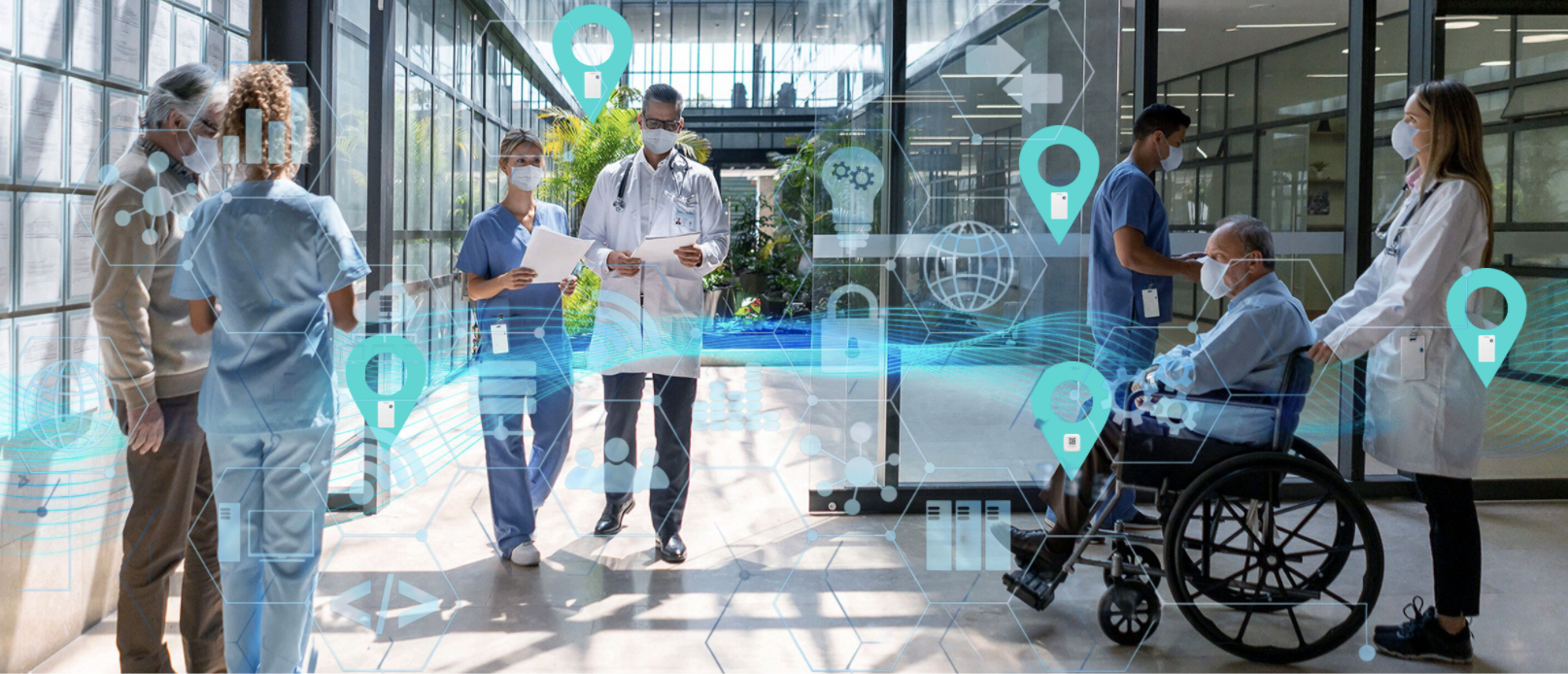Hospitals are some of the most stressful environments people will ever encounter. Whether it’s a parent waiting for news about their child, or a patient unsure of when they’ll be seen, the uncertainty of “what’s happening next?” fuels anxiety. Technology alone can’t erase the emotions of a hospital visit, but it can replace confusion with clarity. That’s where Real-Time Location Services (RTLS) come in—not just as a tool for operations, but as a driver of transparency and reassurance in the patient experience.
⏳ The Waiting Game: A Hidden Stressor in Healthcare
Every patient journey is filled with transitions—waiting for a room to be ready, for equipment to arrive, for staff to transport them. For patients and families, these pauses feel endless, and not knowing why things are delayed makes it worse. Studies consistently show that lack of communication is one of the biggest pain points in patient satisfaction.
RTLS addresses this by offering real-time visibility into what’s happening across the hospital. Instead of waiting in the dark, families can receive updates like:
- When a patient’s room is being cleaned and prepared
- Where a loved one is in their care journey (e.g., pre-op, surgery, recovery)
- Expected timelines for transport, lab results, or discharge
Transparency transforms waiting from an anxiety-filled void into an experience that feels predictable and controlled.
🧭 Turning Data into Patient Reassurance
Behind the scenes, RTLS generates streams of location and workflow data that can help smooth the overall patient experience. For example:
- Surgery updates: Families can follow real-time progress from pre-op to post-op, reducing uncertainty.
- Wayfinding: RTLS-enabled maps guide patients directly to appointments, minimizing the stress of navigating a hospital maze.
- Bed status: Patients know if a room is being prepared, rather than being told vaguely to “please wait.”
These small insights create big emotional relief. Instead of feeling lost in a system, patients feel guided and included in their own care journey.
👩⚕️ Empowering Staff to Comfort Patients
Transparency isn’t just for patients. RTLS also empowers staff to provide quicker, clearer answers. A nurse can see exactly where an infusion pump is rather than leaving a patient waiting. Transport can confirm when someone is enroute. Physicians can update families with confidence, backed by real-time information.
This reduces friction in staff-patient interactions. Instead of apologizing for delays or scrambling for answers, caregivers can focus on empathy and care. When staff are equipped with clear, real-time information, their communication with patients becomes more confident, and patients feel more supported.
📈 Building Trust Through Visibility
Patient trust is earned through communication and reliability. By sharing RTLS-powered updates, hospitals demonstrate transparency and accountability—two qualities that patients deeply value but often feel are missing in healthcare settings.
And the benefits go beyond experience. Reduced anxiety is linked to better recovery outcomes, lower readmission rates, and higher patient satisfaction scores (HCAHPS). That means RTLS doesn’t just improve perception—it can tangibly impact clinical and financial outcomes.
🌍 The Transparent Hospital of the Future
Hospitals will always be high-pressure environments, but they don’t have to feel opaque. By integrating RTLS into patient communication, health systems can transform uncertainty into clarity, fear into reassurance, and passive waiting into an informed experience.
The next generation of patient-centered care won’t just be defined by advanced treatments or cutting-edge equipment—it will be defined by how clearly hospitals communicate and how deeply patients feel cared for.
RTLS makes that possible. By reducing anxiety through transparency, it turns the hospital experience into something more human, supportive, and trustworthy.

